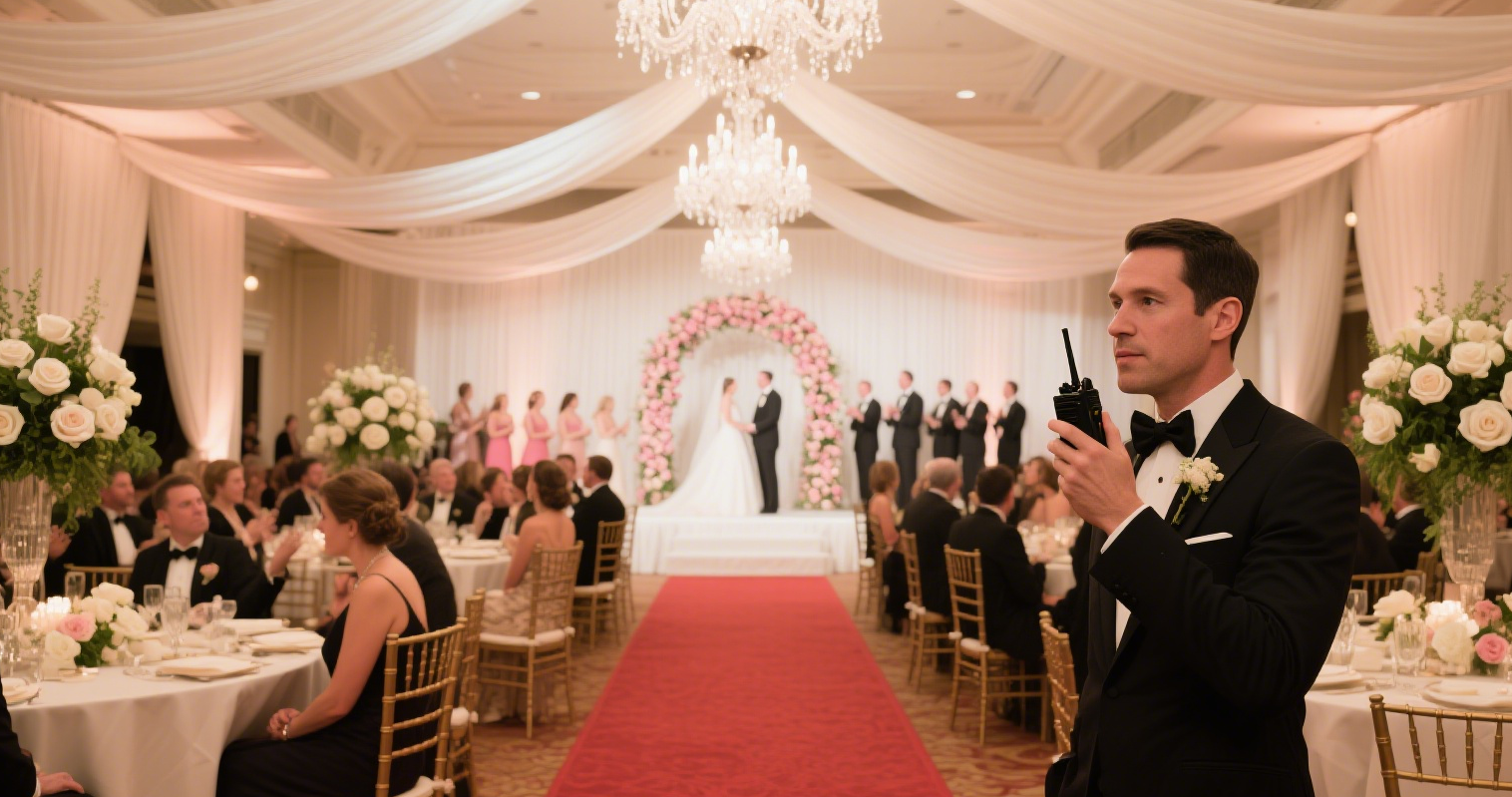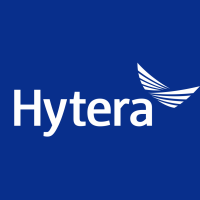Faster Service and Happier Guests: Walkie-Talkies in Hotel and Restaurant (Data & Examples)
Walkie Talkies
Hey there, hotel and restaurant teams! As we all know that guests today expect fast service restaurant and zero mistakes. A single delay can mean bad reviews, lost loyalty, and some very public social media complaints. If you've ever had to deal with table turnover rate, coordinate across multiple departments, or manage service for hundreds of guests at once, this guide is for you.
Hytera's professional walkie talkie solutions and radio communication are helping hotels, banquet halls, and restaurants turn service from “just okay” to “wow, that was fast.” Let's dive into how.
Banquet Service: Time is Money
In a large banquet, timing is everything. Picture a 100-table wedding feast: through preset communication channels, the front desk sends real-time instructions of tables, dishes delivering and serving. Meanwhile, the kitchen is chopping, stir-frying, and plating, and the cleaning team adjusts their routes instantly based on updates from the food delivery area.
It's like a “real-time group chat” over walkie-talkies—those “Where's Steve?!” moments shrink from 15 minutes to just 40 seconds. Hotels using Hytera digital radios like the HP Series have seen table turnover rates jump by 37.6%, with tasks that used to take 60 minutes now done in 40 minutes.
Take one five-star hotel as an example, teams are grouped both by role (command and dispatch, hall service, kitchen prep and stir-fry, dish delivery, cleaning, emergency support) and by location (cold prep, hot stove, pastry, etc.). This structured setup changes everything: average cook response time dropped from 126 seconds to just 19, and tableware recycling accuracy improved by 41%.
Especially during second-round turnovers of the busiest time, a single priority call can bring 56 cleaners to the right spot in under 30 seconds. This level of coordination also cut food waste by 28% per 100 banquet tables, and we reduced guest dwell time by one-third of the industry average.

Hotels: From Room Updates to Full Occupancy Rush
Hotels are taking things even further by integrating Hytera's API with their room reservation systems, turning radios like the HP78X into smart service controllers. Here's how it works:
Automatic Staff Assignment: Built-in RFID/NFC readers link each staff member to their service area the moment they scan their badge—no manual setup needed.
Instant Room Updates: Room status changes trigger immediate alerts (both text and voice) to the right radio. For example: “Room 801 needs cleaning now”—sent directly to the team covering that area.
Quiet But Effective: Discreet earpieces and vibration alerts keep guest areas peaceful while service stays fast.
14In real-world use, the front desk can press and hold the PTT button for 3 seconds to activate intelligent broadcast mode. The system filters out background noise and delivers the latest room status updates as clear synthetic voice messages to the right teams.
Through this setup, a resort in Hangzhou has reduced room information sync time from 8–12 minutes to just 9 seconds, and room service accuracy go up to 99.7%. Also in sudden full occupancy, the duty manager will use the preset “channel cascading protocol” to send instructions to housekeeping, engineering, and concierge all at once.
This dual-mode communication gateway triggers both voice commands and work orders at the same time—boosting overbooking guest accommodation efficiency by 3.8 times.(Disclaimer: Figures are based on average results from selected customer cases; actual performance may vary and is not guaranteed.)
Restaurants: Serving Up Speed and Accuracy
In a busy restaurant, timing is money. From the moment a customer places an order to when the dish lands on the table, every second counts. Walkie-talkies help keep things moving.
With a lightweight radio clipped on, chefs instantly get order updates from the front desk—no need for staff to run back and forth. It's two-way, too: the kitchen can update the front desk on cooking progress, check ingredient availability, or request adjustments.
Group calls and private messages make it easy for kitchen staff, front desk, and floor servers to communicate without shouting across the room. The result? Faster service, fewer mistakes, and a smoother dining experience for guests.
Common Questions About Walkie-Talkies in Hospitality
Are small walkie-talkies practical for restaurant staff?
Yes, absolutely. Compact walkie-talkies are perfect for busy restaurant settings. They're light enough for staff to move quickly without feeling weighed down, and simple to operate—just press to talk, no fumbling with phones. Many models offer long battery life and crisp audio, even in noisy kitchens. For restaurants aiming for fast, seamless coordination, small walkie-talkies are a smart choice.
How do you manage walkie-talkie channels for multiple branches?
Sure, for restaurant chains, proper channel management keeps communication clear and prevents overlap. The best approach:
1.Assign each branch its own dedicated radio frequency so conversations stay local.
2.Use a central control system to monitor and switch channels when branches need to connect.
3.Choose digital radios for more channels, clearer audio, and easier frequency control.
How can hotels use walkie-talkies without disturbing guests?
Walkie-talkies are important for hotel operations, but they need to be guest-friendly. Here's how hotels keep things quiet:
1.The system can automatically detect the two-way radio frequency and adjust them to avoid overlap with Wi-Fi and Bluetooth, reducing electromagnetic interference.
2.Low-power radios limit signal range to only the areas where they're needed, avoiding signal leakage.
3.Quiet-use rgulations like keeping volumes low near rooms and reducing non-essential chat during rest hours.
The result? Hotel teams stay coordinated while guests enjoy the peace and quiet they expect.






